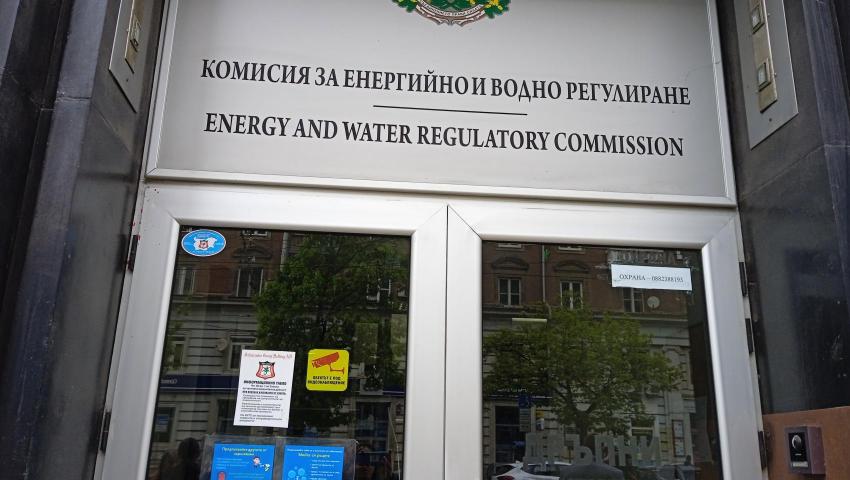At a working meeting with the commercial participants due to the high prices on the balancing energy market, EWRC is committed to a full analysis and additional measures if necessary

The high balancing costs of individual trading participants are due to their wrong predictions. The analyzes show that these cases are the result of the behavior of some of the trading participants, who fall into imbalances due to incorrect management of the activity and wrong forecasting, the energy regulator reported.
This was stated by the leadership of the Commission for Energy and Water Regulation at the meeting held on 30.05. meeting with representatives of electricity supply and trading companies, RES-producers, BFIEK, AICB, ATEB, ASEP. The managements of ESO EAD, NEC EAD and Maritsa-East 2 TPP EAD also took part in it. The meeting was held at the request of trading participants in connection with cases of extreme balancing costs affecting end users. According to them, the reason for this is the new EWRC Methodology, which they believe should be changed.
The methodology for forming balancing energy prices aims to stimulate and discipline commercial participants to respect their schedules and manage their activities so as not to fall into imbalances, EWRC stated. The regulatory act introduces the pricing principles applied by all European energy regulators.
The data of ESO EAD show that only 5 of the dozens of active trading participants in the balancing market had high balancing costs in May. The vast majority did not have problems with balancing as they correctly prepared their forecast and portfolio. If traders pass on their imbalances to customers, then consumers will enter into balancing contracts with another company that complies with the rules and sets realistic schedules to avoid going out of balance.
Nevertheless, the Commission committed itself after the release of the final settlement for May of this year. to carry out a full analysis and if a need for additional measures is found, such will be taken.
We remind you that on April 12 the deadline for the project published on the public consultation page expired.
